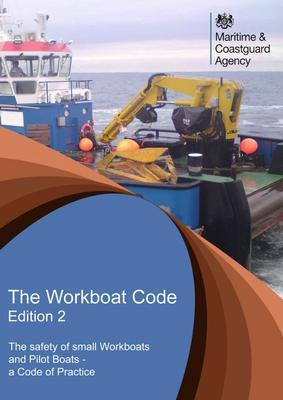NWA: New MCA Code for Workboat Operations
The National Workboat Association (NWA), the trade, skills and safety standards association for the workboat industry, has launched Edition 2 of The Workboat Code, a document that will redefine working practices and standards for vessel operators across numerous maritime sectors.
This much-anticipated Code of Practice, published in December 2018 and introduced at the NWA’s AGM in January 2019, has been developed in direct collaboration with workboat operators to better reflect the realities of modern workboat operation.
Workboats – loosely defined as vessels under 200GT and less than 24m in length – represent a fast-growing segment of the UK maritime market, with over 600 boats now registered with the NWA and probably twice this number in operation. This rapid growth has been driven by the emergence of new industries such as offshore wind, alongside rising demand for a diverse range of logistical support applications in the wider maritime sector.
This growth has been accompanied by technical innovation, and the UK workboat fleet now comprises a wide variety of advanced, specialist tonnage, ranging from from tugs to shoalbusters, multicats, pilot vessels, survey vessels and Crew Transfer Vessels (CTVs). Demand has consequently grown for a Code of Practice that reflects this fleet diversity and evolving scope of operation.
The first edition of the Workboat Code, also known as the ‘Brown Code’ was published in 1998 and, while it played a key role in promoting the initial development of the UK workboat industry, it was not written with the modern UK workboat fleet in mind. NWA members and workboat operators at large, aiming for progressive improvement in safety standards, have been calling for a revised code that builds on lessons learned from the past 20 years of operation.
Edition 2 of the Workboat Code, developed by a working group led by the NWA in close cooperation with the MCA, includes a number of essential revisions to industry best practice.
Along with an improved section on stability for modern designs, and improvements relating to vessels engaged in towing, the revised Code encompasses a number of new considerations. It now considers modern vessel applications such as offshore wind crew and equipment transfer – notably ‘pushing on’ for CTVs – and carriage or transfer of dangerous goods.
These best practice guidelines will validate and confirm the approaches taken by workboat operators working throughout the UK and Europe, setting a standard for safe and effective operations.













